Home>diy>Building & Construction>How Many Concrete Blocks For Shed Foundation
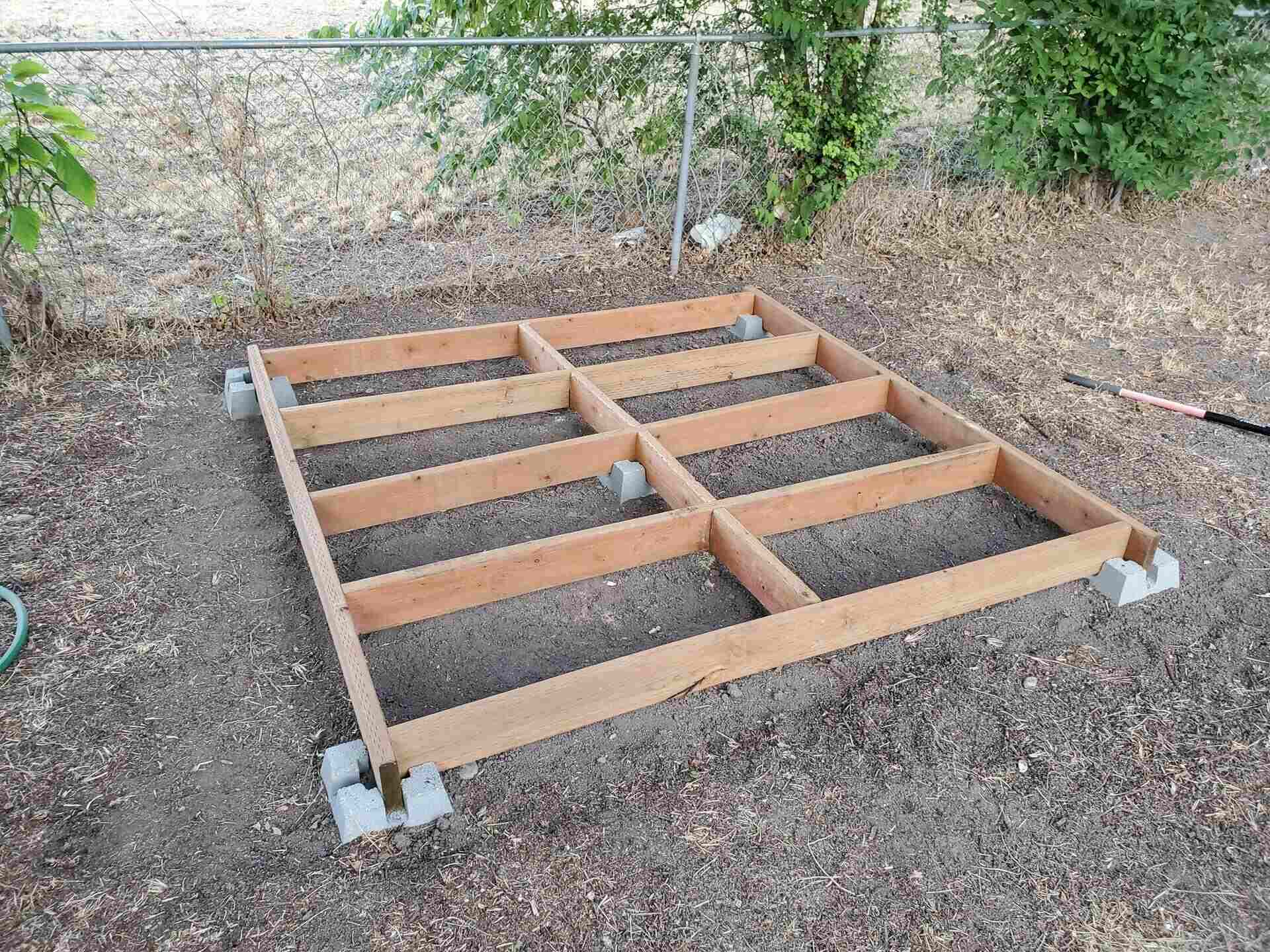

Building & Construction
How Many Concrete Blocks For Shed Foundation
Modified: May 6, 2024
Find out how many concrete blocks you need for your shed foundation with our step-by-step guide to building construction. Simplify your project and ensure a sturdy base.
(Many of the links in this article redirect to a specific reviewed product. Your purchase of these products through affiliate links helps to generate commission for Storables.com, at no extra cost. Learn more)
Introduction
Welcome to our guide on how to determine the number of concrete blocks needed for a shed foundation. Building a shed requires careful planning, especially when it comes to laying a solid foundation. A stable and durable foundation is essential to ensure the longevity and stability of your shed. Concrete blocks are commonly used as a cost-effective and reliable solution for shed foundations.
In this article, we will discuss the factors to consider when determining the size of your shed foundation and calculating the number of concrete blocks needed. We will also provide valuable insights on adjusting for shed height and other important considerations to keep in mind during the planning phase.
By the end of this guide, you will have a clear understanding of how many concrete blocks you need to build a solid and secure shed foundation, allowing you to proceed with confidence in your construction project.
Key Takeaways:
- Ensure a sturdy shed foundation by considering shed size, local codes, soil conditions, and climate. Calculate the number of concrete blocks needed with precision to guarantee stability and longevity.
- Adjust the number of concrete blocks based on shed height for proper support. Consider quality, leveling, permits, safety, and professional assistance to ensure a solid and compliant foundation.
Read more: How To Build A Concrete Block Foundation
Factors to Consider
Before diving into the calculations, it’s essential to consider a few factors that will influence the size and number of concrete blocks needed for your shed foundation. These factors include:
- Shed size: The dimensions of your shed will determine the overall size of the foundation. Measure the length and width of your shed to get an accurate idea of the space it will occupy.
- Local building codes: Check your local building codes to ensure compliance with any regulations governing shed construction. Some areas may have specific requirements regarding foundation size and materials.
- Soil conditions: The type and condition of the soil on your property will affect the stability of your shed foundation. If the soil is prone to shifting or has poor drainage, you may need to take additional measures, such as adding gravel or compacting the soil.
- Climate and weather: Consider the climate and weather conditions in your area. If you live in an area with heavy rainfall or potential frost heaves, you may need to incorporate extra measures, such as installing a frost-protected foundation or using reinforced concrete blocks.
- Shed purpose: Think about how you plan to use the shed. If it will be used to store heavy equipment or machinery, you may need to reinforce the foundation with additional support beams or thicker concrete blocks.
By considering these factors, you can ensure that your shed foundation is appropriately designed to meet the specific needs of your property and shed.
Determining the Size of the Shed Foundation
The size of the shed foundation is determined by the dimensions of your shed and any additional space required for access and drainage. Follow these steps to determine the appropriate size:
- Measure the shed: Measure the length and width of your shed. These measurements will serve as the minimum dimensions for your foundation.
- Add extra space: Depending on your preferences and local regulations, you may want to add some extra space around the shed. This additional space allows for easy access, maintenance, and prevents water from pooling around the foundation.
- Consider slope: If your property has a slope, you may need to level the ground before constructing the foundation. Take into account any necessary grading or excavation work when determining the size of the foundation.
- Plan for drainage: Proper drainage is critical to prevent water buildup around the foundation. Incorporate a slight slope or install a French drain to direct water away from the shed.
Once you have taken these factors into consideration, you can determine the final dimensions of your shed foundation. Keep in mind that it is always better to have a slightly larger foundation than necessary to ensure stability and accommodate any future changes or expansions to your shed.
Calculating the Number of Concrete Blocks Needed
Now that you have determined the size of your shed foundation, it’s time to calculate the number of concrete blocks needed. Follow these steps to get an accurate estimate:
- Determine the size of the concrete blocks: Concrete blocks come in various sizes, such as 8-inch, 10-inch, or 12-inch width. Measure the width of the block you plan to use for your foundation.
- Calculate the area of the foundation: Multiply the length and width of the shed foundation to get the total area in square feet. For example, if your shed foundation measures 10 feet by 12 feet, the area would be 120 square feet.
- Convert square feet to square inches: Since concrete blocks are typically measured in inches, convert the square footage to square inches by multiplying the total area by 144. In our example, 120 square feet would be 17,280 square inches.
- Determine the number of blocks per square foot: Divide the width of the concrete block by the width of the shed foundation. This will give you the number of blocks needed per linear foot. For example, if the width of the block is 8 inches (0.67 feet) and the shed foundation is 10 feet wide, you would need approximately 14.93 blocks per foot.
- Multiply the number of blocks by the length of the shed foundation: Multiply the number of blocks needed per linear foot by the length of the shed foundation to get the total number of blocks required. In our example, if the shed foundation is 12 feet long, you would need approximately 179.16 blocks.
- Round up to the nearest whole number: Since you can’t purchase fractions of blocks, always round up to the nearest whole number. In our example, you would need to purchase 180 concrete blocks.
Remember to consider factors such as corner blocks, as they may require additional calculations and adjustments. It’s better to have a few extra blocks on hand to account for any unforeseen requirements or to replace any damaged blocks during the construction process.
By following these calculations, you can ensure that you have the correct number of concrete blocks to create a solid foundation for your shed.
When calculating the number of concrete blocks needed for a shed foundation, consider the size and weight of the shed, the type of soil, and the spacing and depth required for the blocks to ensure proper support and stability.
Adjustments for Shed Height
When determining the number of concrete blocks needed for your shed foundation, it’s important to consider the height of your shed. The height of the shed will require adjustments to the number of blocks in order to provide proper support and stability. Here’s how to make these adjustments:
- Measure the height of the shed: Using a measuring tape, determine the vertical distance from the ground to the highest point of the shed. This measurement will be crucial for making the necessary adjustments.
- Calculate the number of additional blocks: For each additional foot of height, you will need to add an extra row of blocks for added stability. Multiply the number of additional feet by the number of blocks needed per linear foot, as calculated in the previous section.
- Reassess the total number of blocks: Add the calculated number of additional blocks to the total number of blocks required for the shed foundation. This will give you the revised and accurate number of concrete blocks needed.
By adjusting the number of concrete blocks based on the height of the shed, you can ensure that the foundation provides adequate support and stability, preventing any potential issues in the future.
It’s also worth noting that other considerations, such as the weight of the shed and the need for additional supports or reinforcement, may come into play depending on the specific requirements of your shed. Consulting with a professional or an engineer can provide valuable insights and recommendations for achieving the best possible foundation for your shed.
Other Considerations
While calculating the number of concrete blocks needed is a crucial step in constructing a shed foundation, there are a few additional factors to consider:
- Quality of the concrete blocks: Ensure you use high-quality concrete blocks that are designed for foundation use. Cheaper or lower-quality blocks may compromise the stability and durability of your shed foundation.
- Leveling the blocks: Take the time to ensure each concrete block is level and properly aligned with the adjacent blocks. This will help distribute the weight of the shed evenly and maintain a stable foundation.
- Building permits: Check with your local building department to determine if you need any permits or approvals for your shed foundation construction. Compliance with regulations will help ensure the safety and legality of your project.
- Safety precautions: When working with heavy concrete blocks, be sure to follow proper safety procedures. Use appropriate equipment and lifting techniques to avoid injury and enlist the help of others when needed.
- Professional assistance: If you are unsure about any aspect of building your shed foundation, it’s always a good idea to seek professional assistance. Consulting with a contractor or engineer can provide valuable expertise and guidance.
By considering these additional factors, you can ensure that your shed foundation is built to a high standard and meets all necessary requirements.
Conclusion
Constructing a solid and stable shed foundation is essential for the longevity and durability of your shed. Calculating the number of concrete blocks needed for your shed foundation is a crucial step in the planning process. By considering factors such as shed size, local building codes, soil conditions, and climate, you can determine the appropriate size for your foundation.
Once you have determined the size, calculating the number of concrete blocks needed requires careful measurements and considerations. By following our step-by-step guide, you can accurately estimate the number of blocks required based on the dimensions of your shed and the width of the chosen concrete blocks.
It’s important to make adjustments for shed height, adding extra rows of blocks for support. Additionally, considering other factors like the quality of the blocks, leveling, building permits, safety precautions, and seeking professional assistance if needed, will ensure a solid and legally compliant foundation.
Remember, investing time and effort into a well-constructed shed foundation will provide a sturdy and reliable base for your shed, ensuring its longevity and stability for years to come.
We hope this guide has been helpful in determining the number of concrete blocks needed for your shed foundation. Happy building!
Ready to dive deeper into home and garden enhancements? If you've mastered the basics of laying a shed foundation, why not expand your outdoor space with some unique additions? Our guide on distinctive outdoor structures offers smart insights and creative ideas to transform your backyard into a functional and appealing retreat. Whether you're planning to build a gazebo, pergola, or any other exciting feature, this resource is packed with valuable tips to help you succeed.
Frequently Asked Questions about How Many Concrete Blocks For Shed Foundation
Was this page helpful?
At Storables.com, we guarantee accurate and reliable information. Our content, validated by Expert Board Contributors, is crafted following stringent Editorial Policies. We're committed to providing you with well-researched, expert-backed insights for all your informational needs.
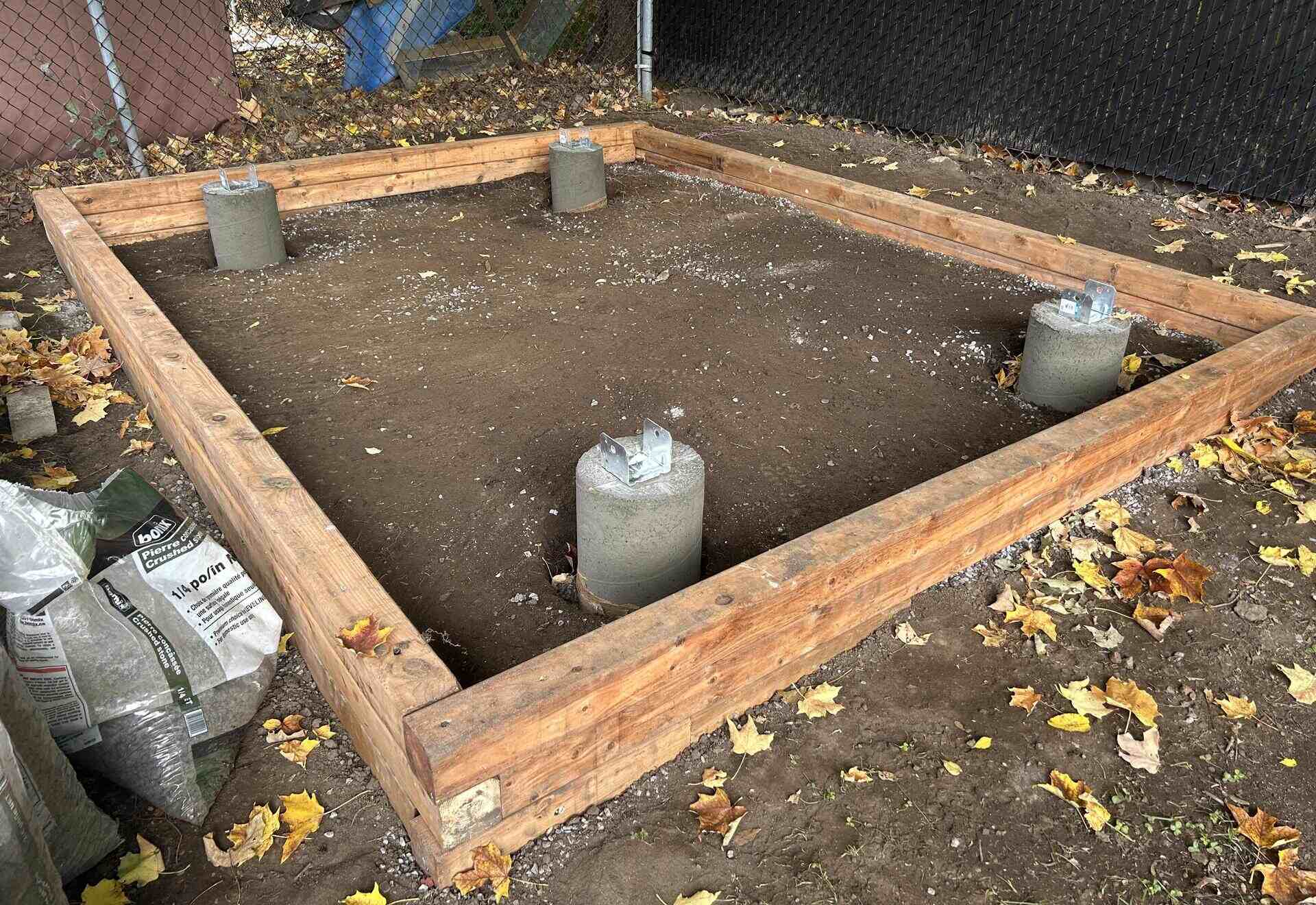
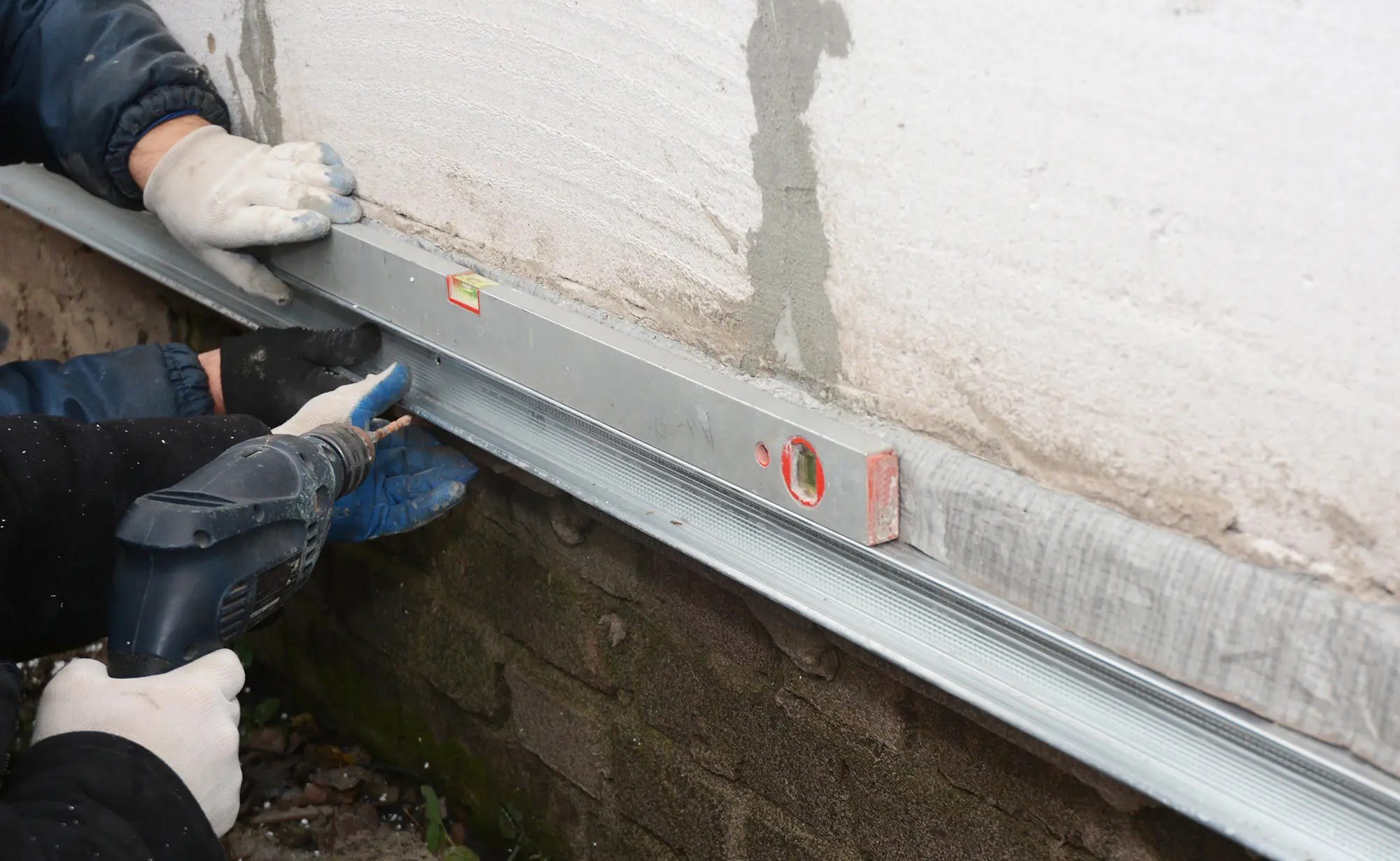
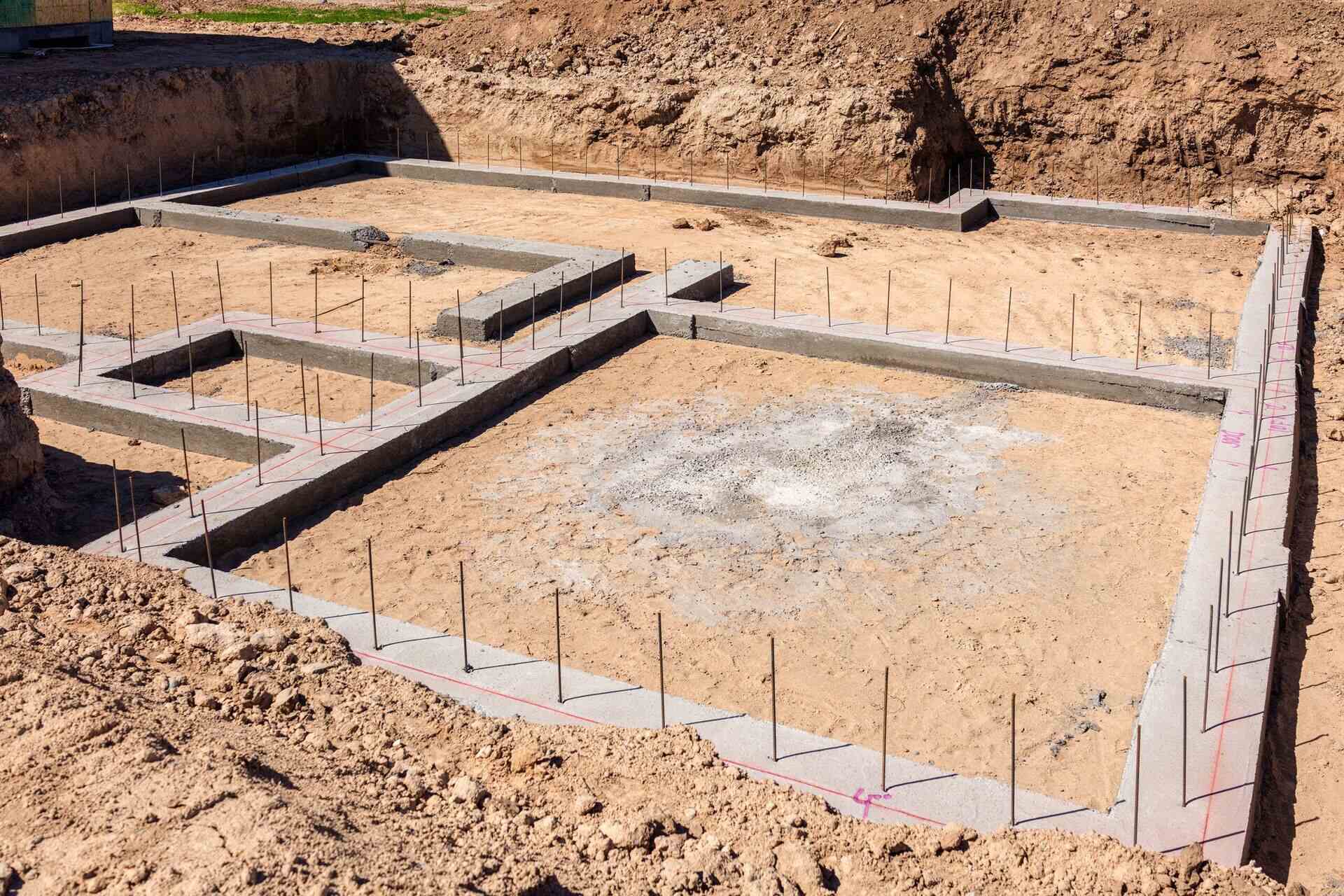
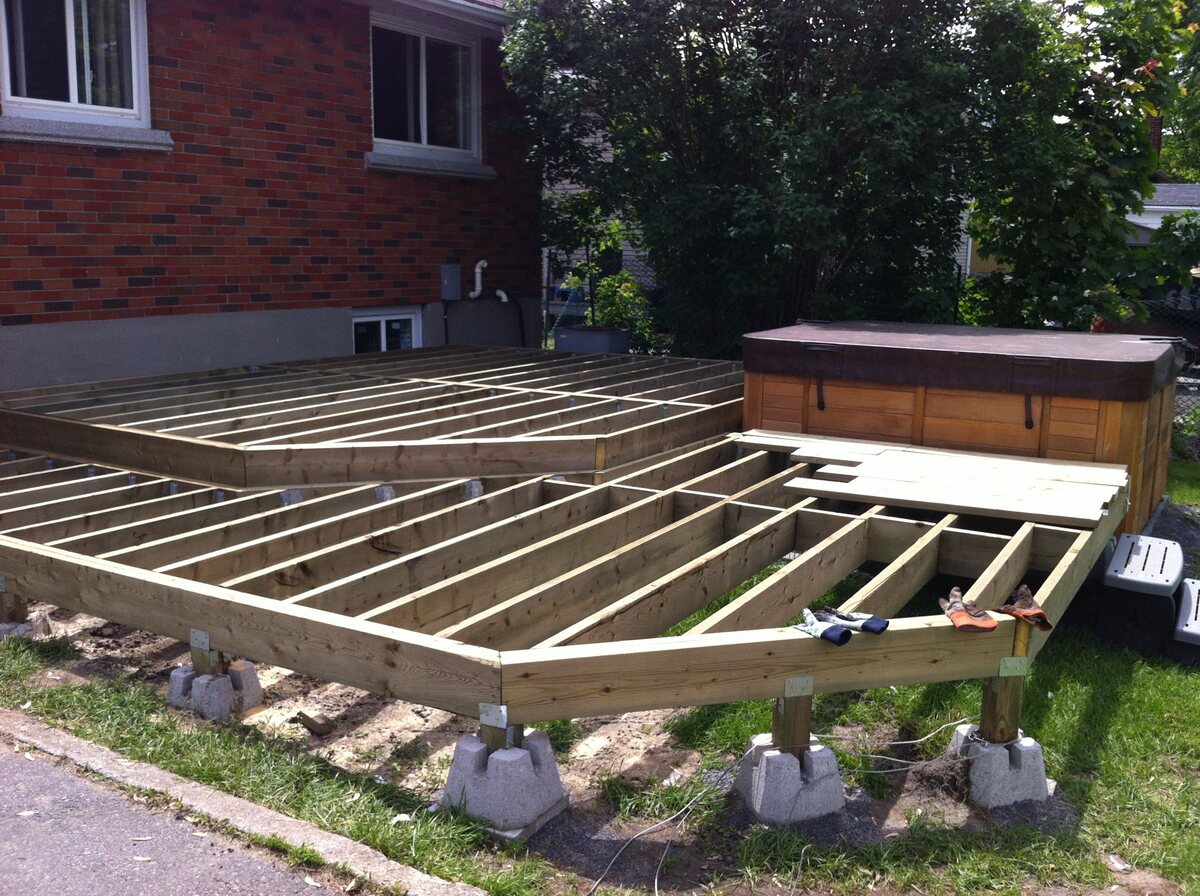
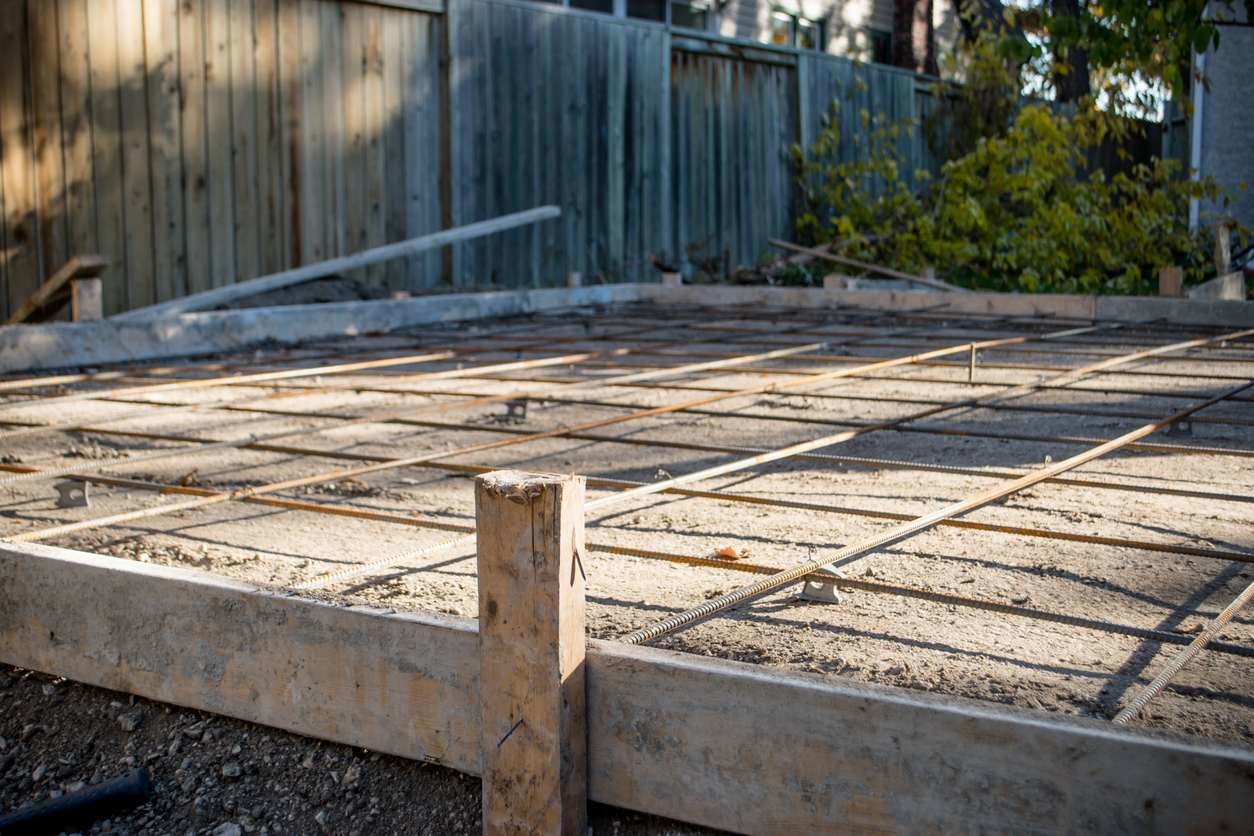
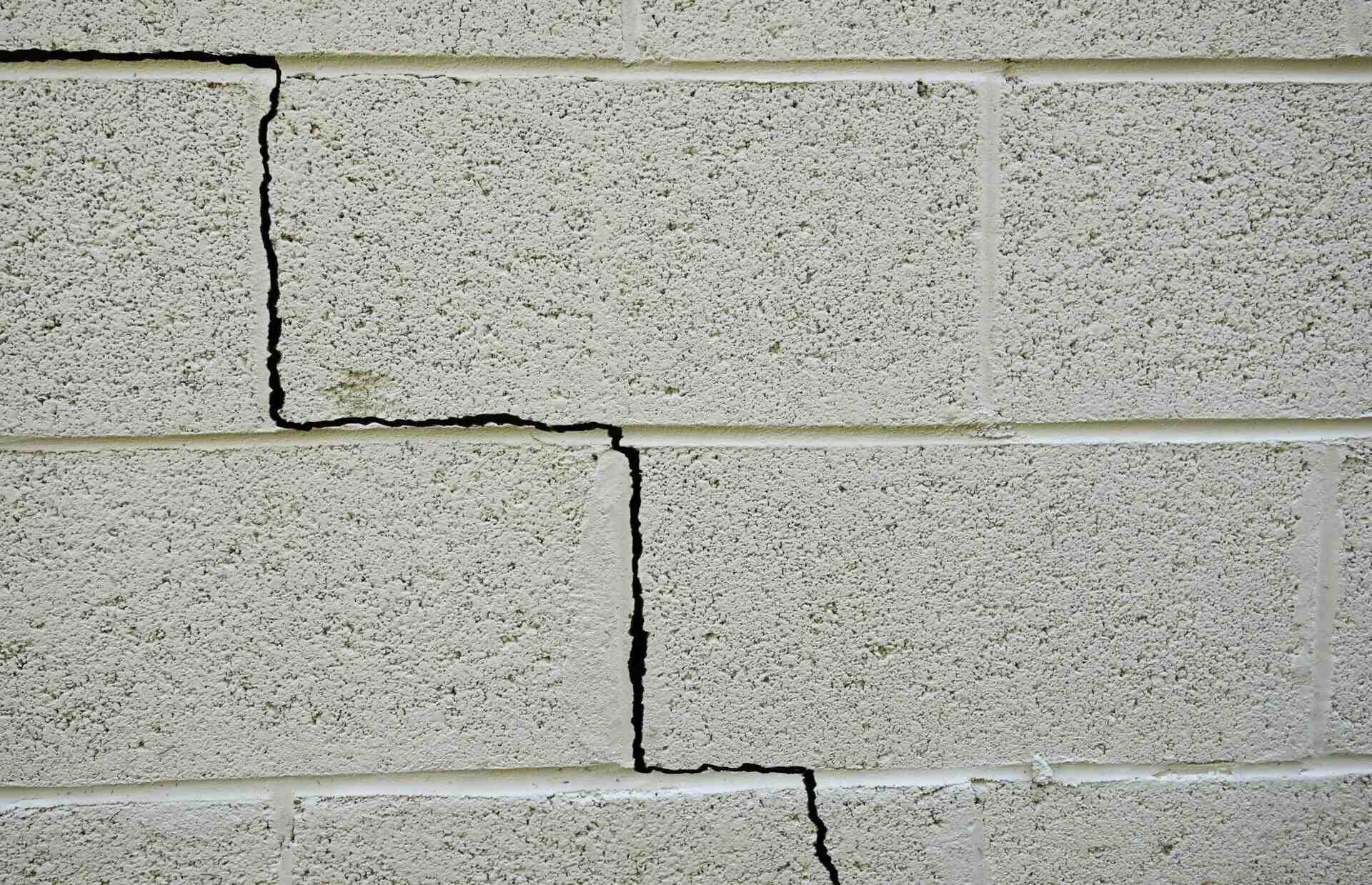
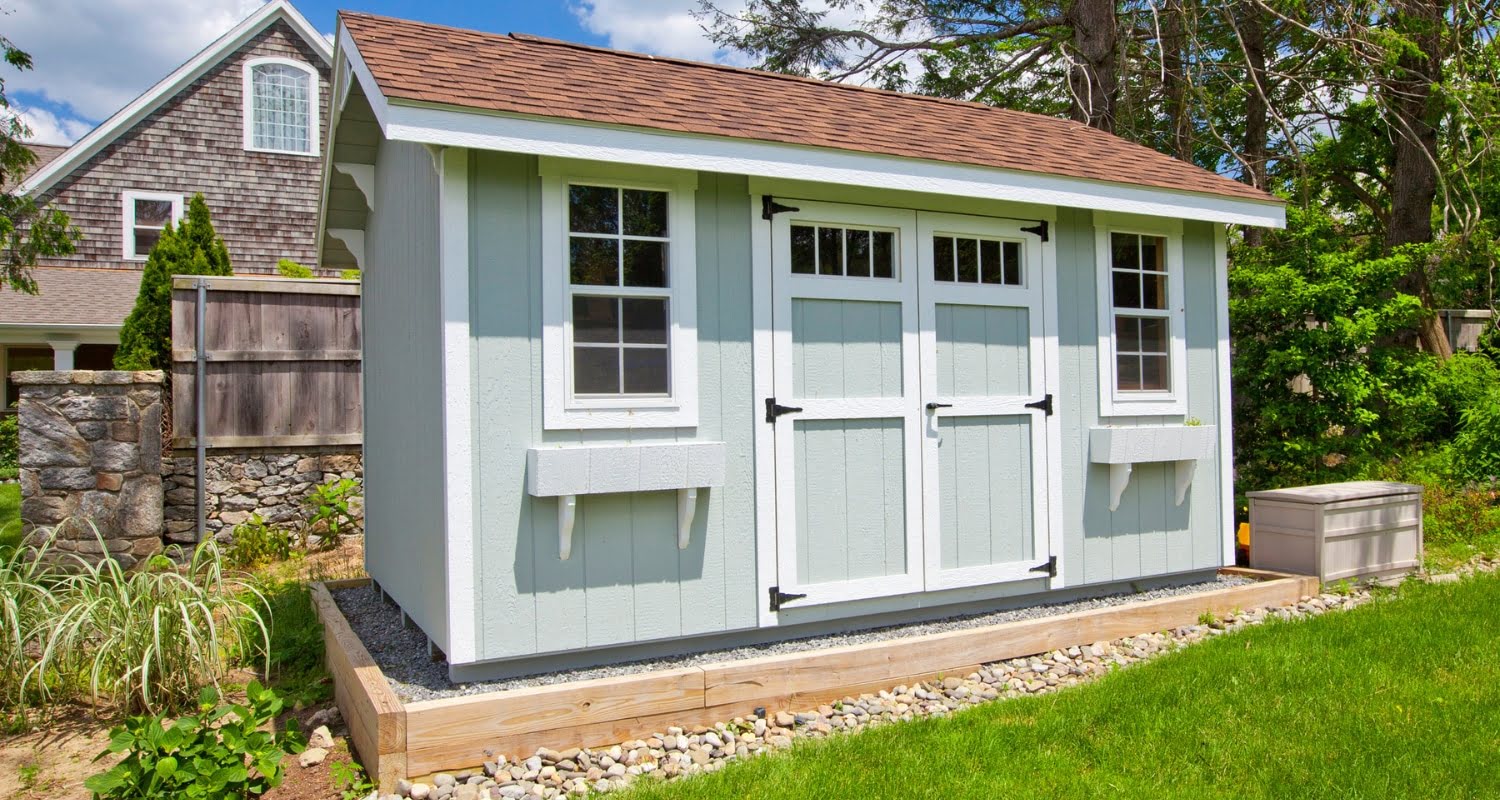
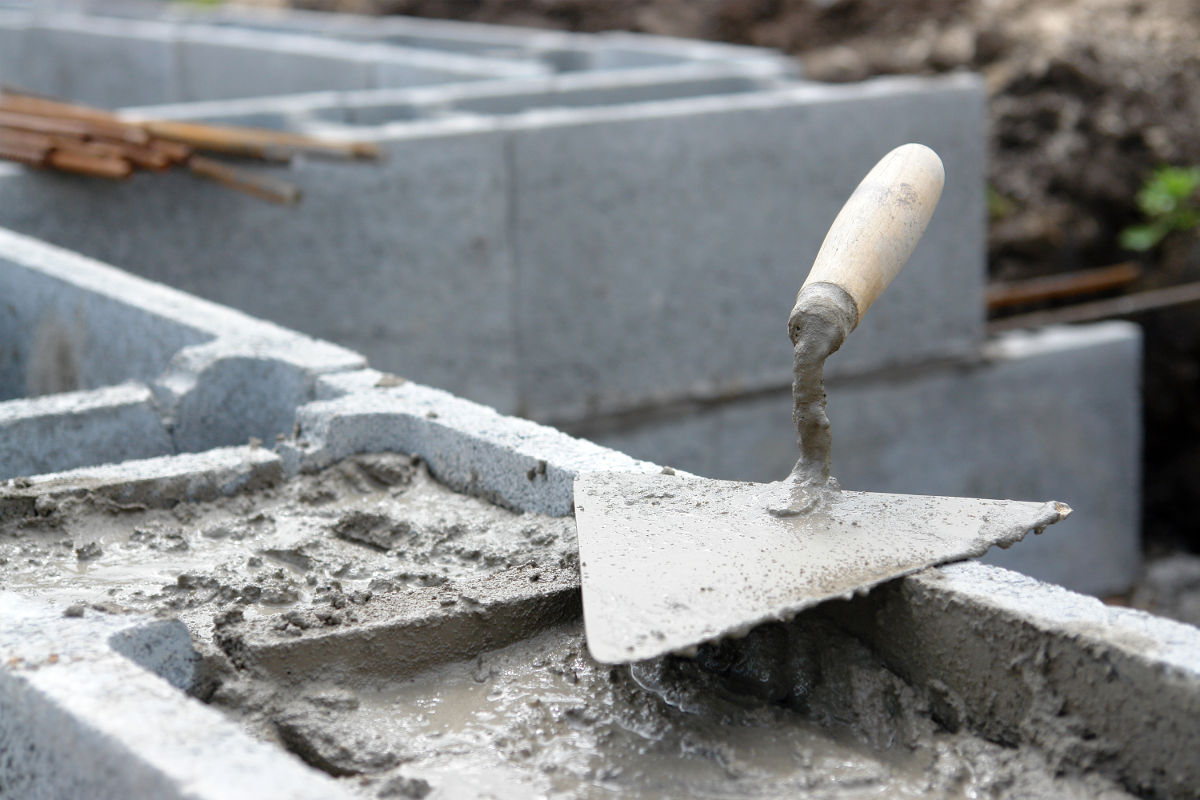
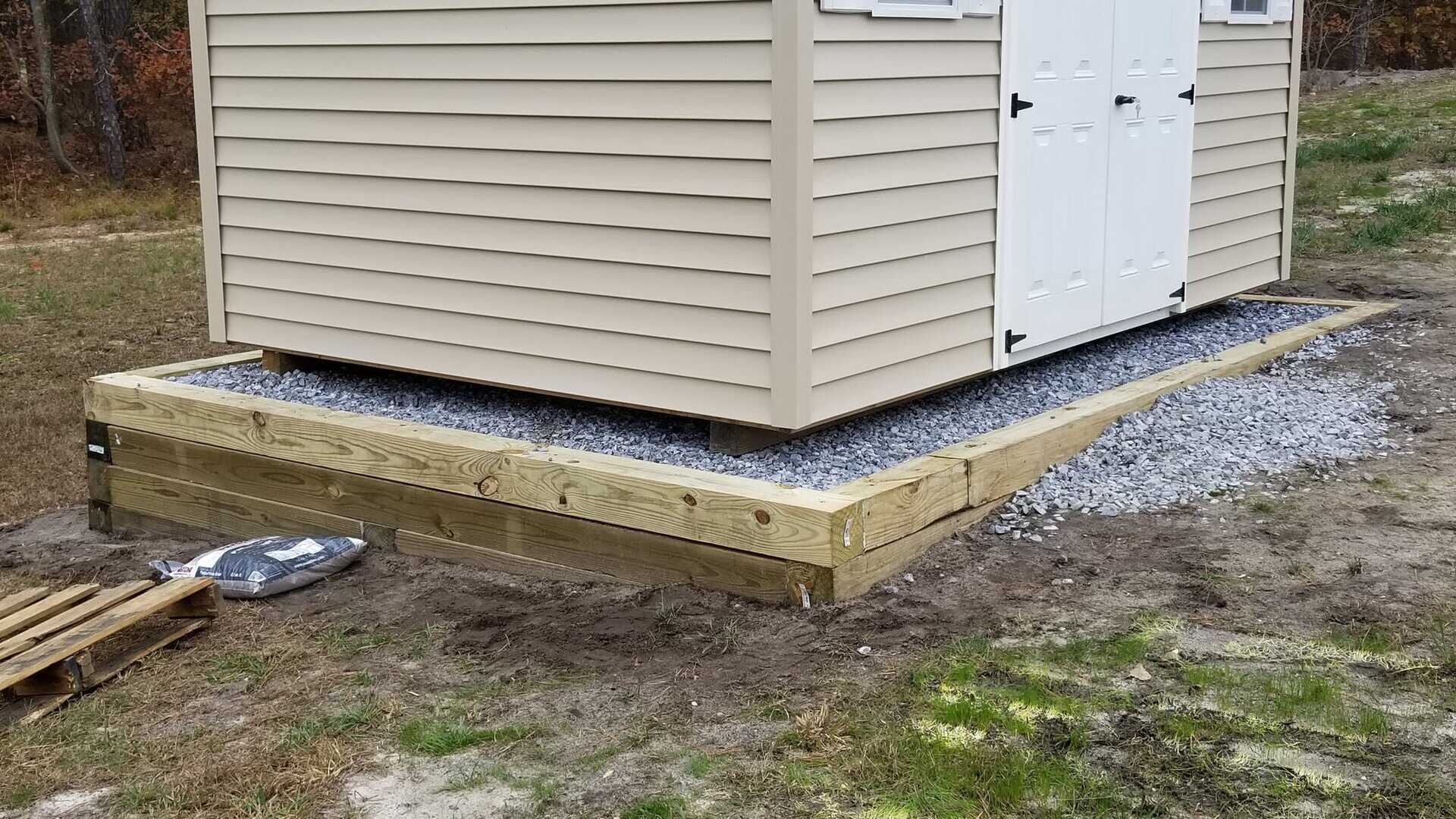
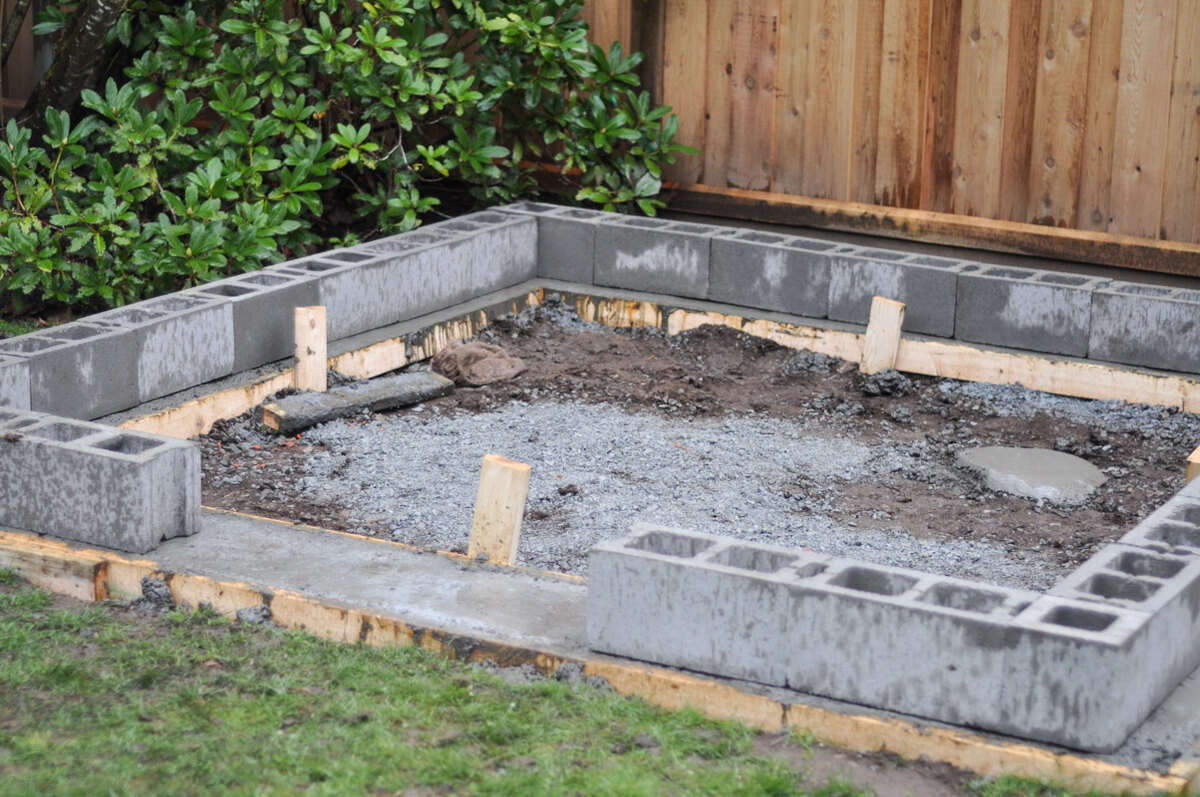
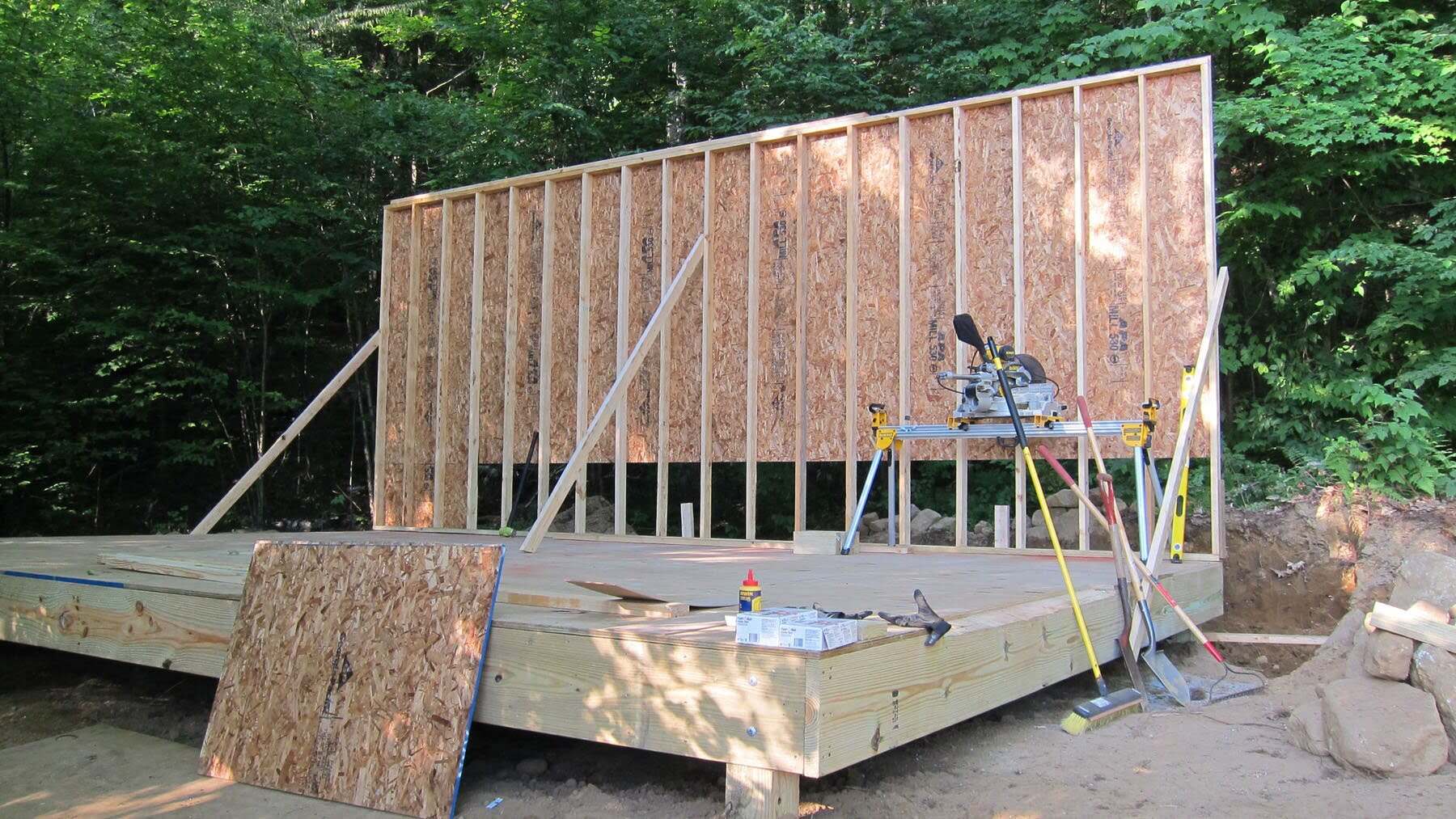
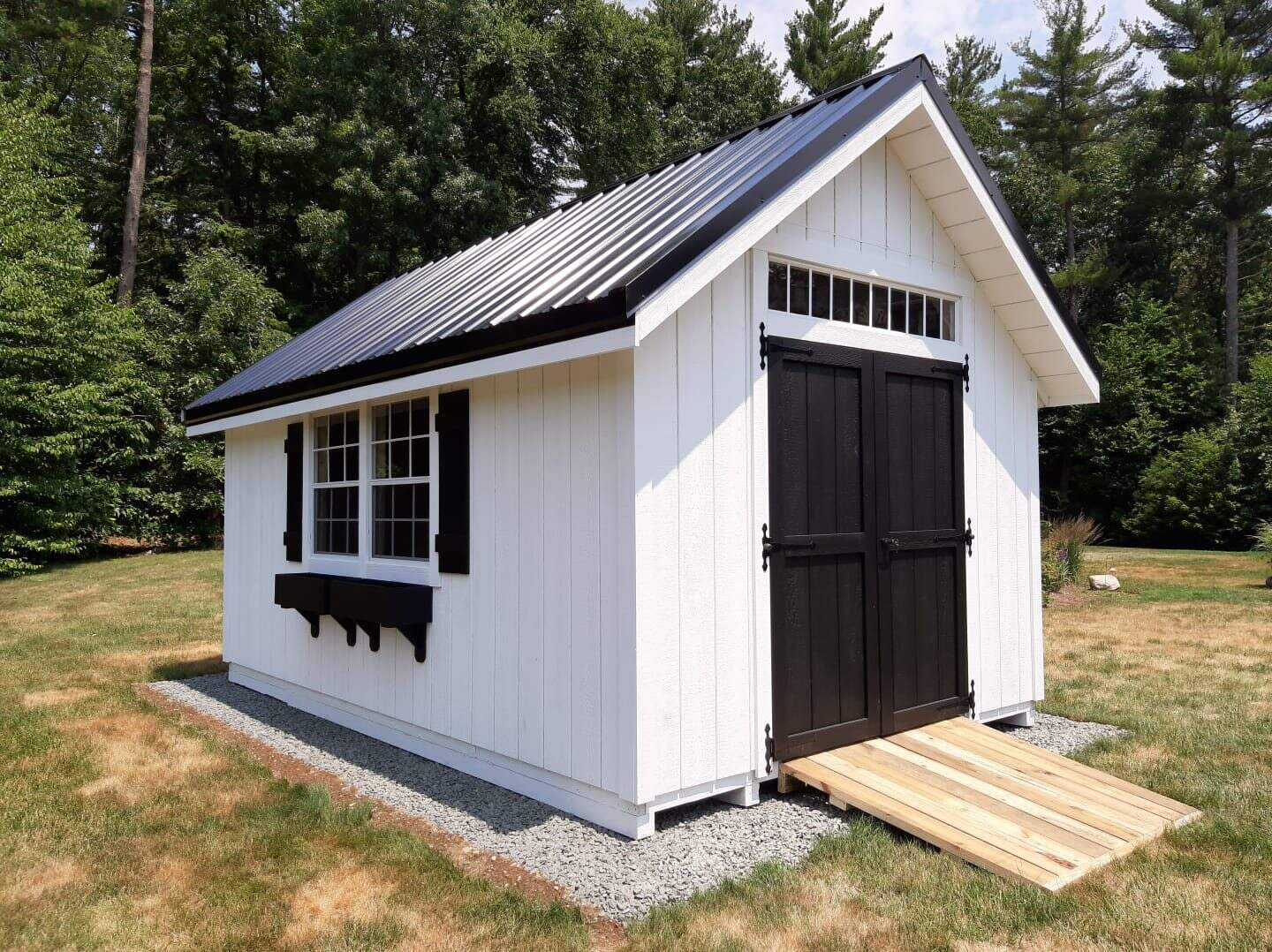
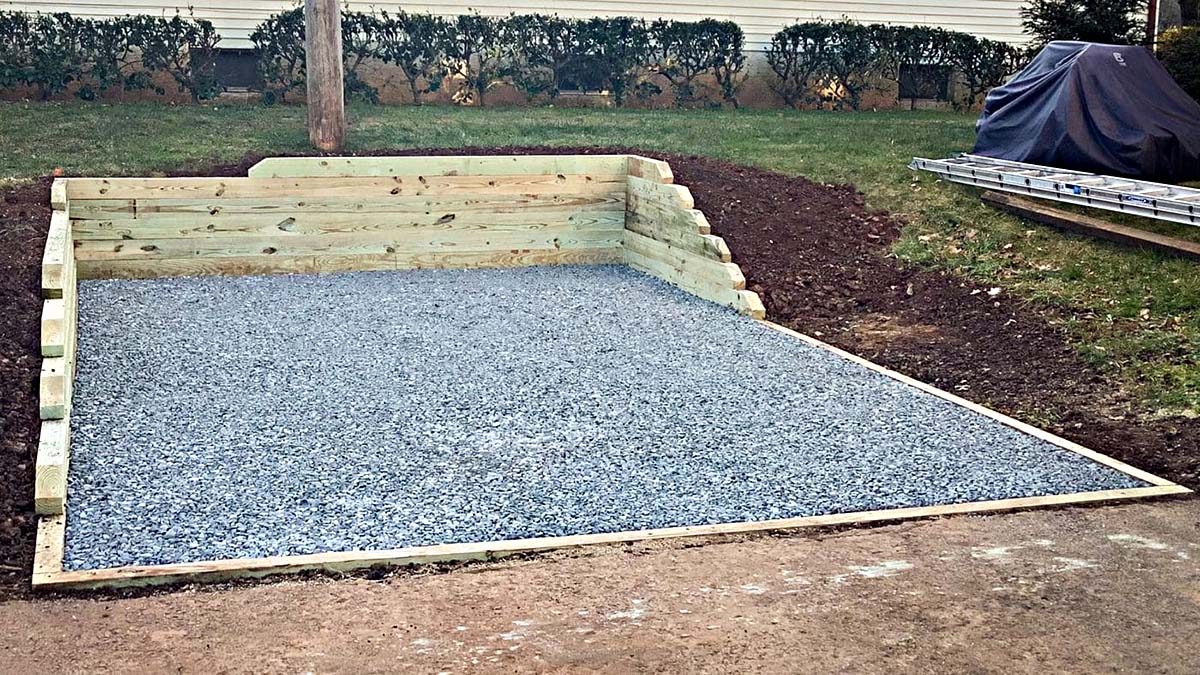
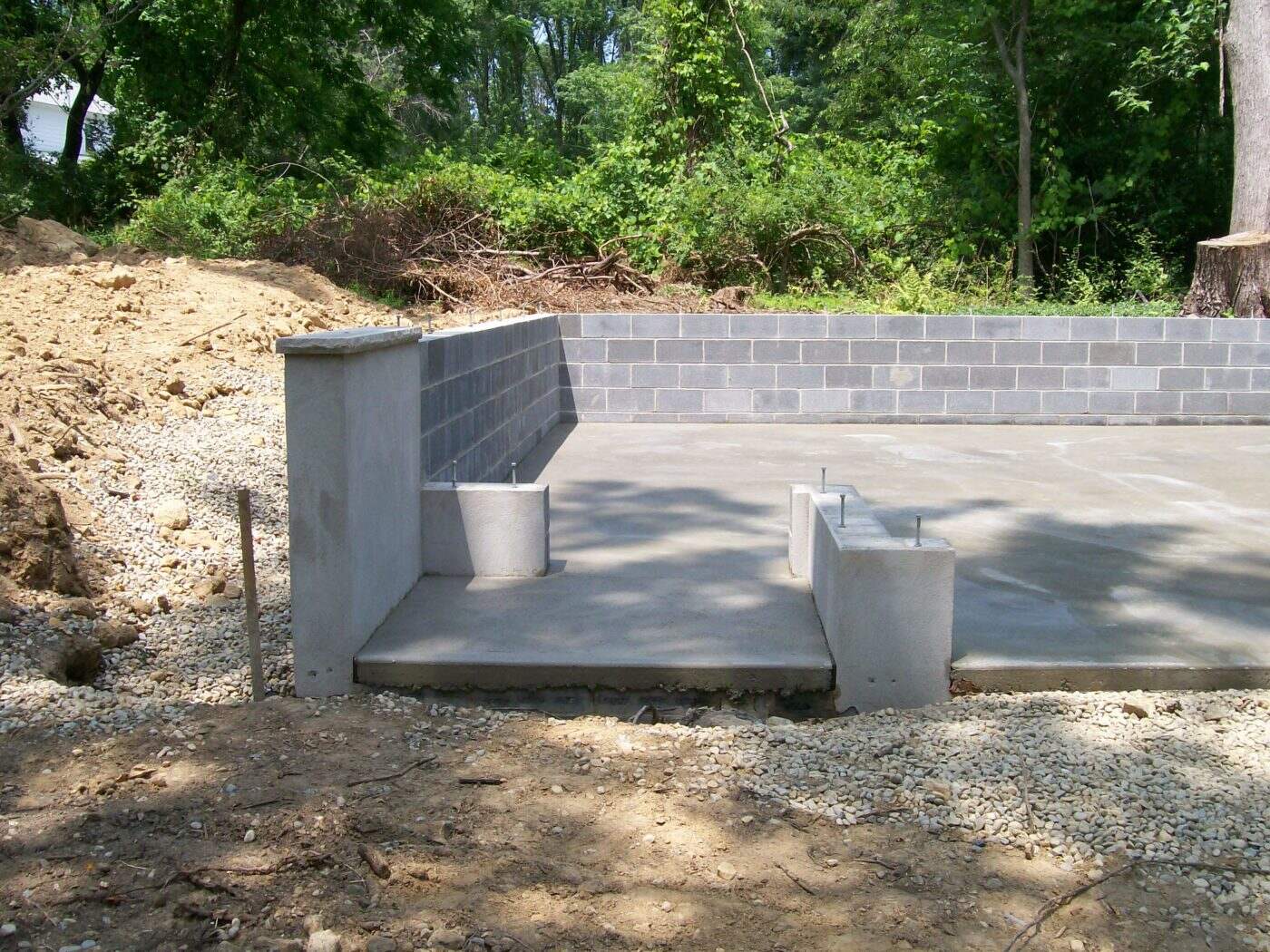

0 thoughts on “How Many Concrete Blocks For Shed Foundation”